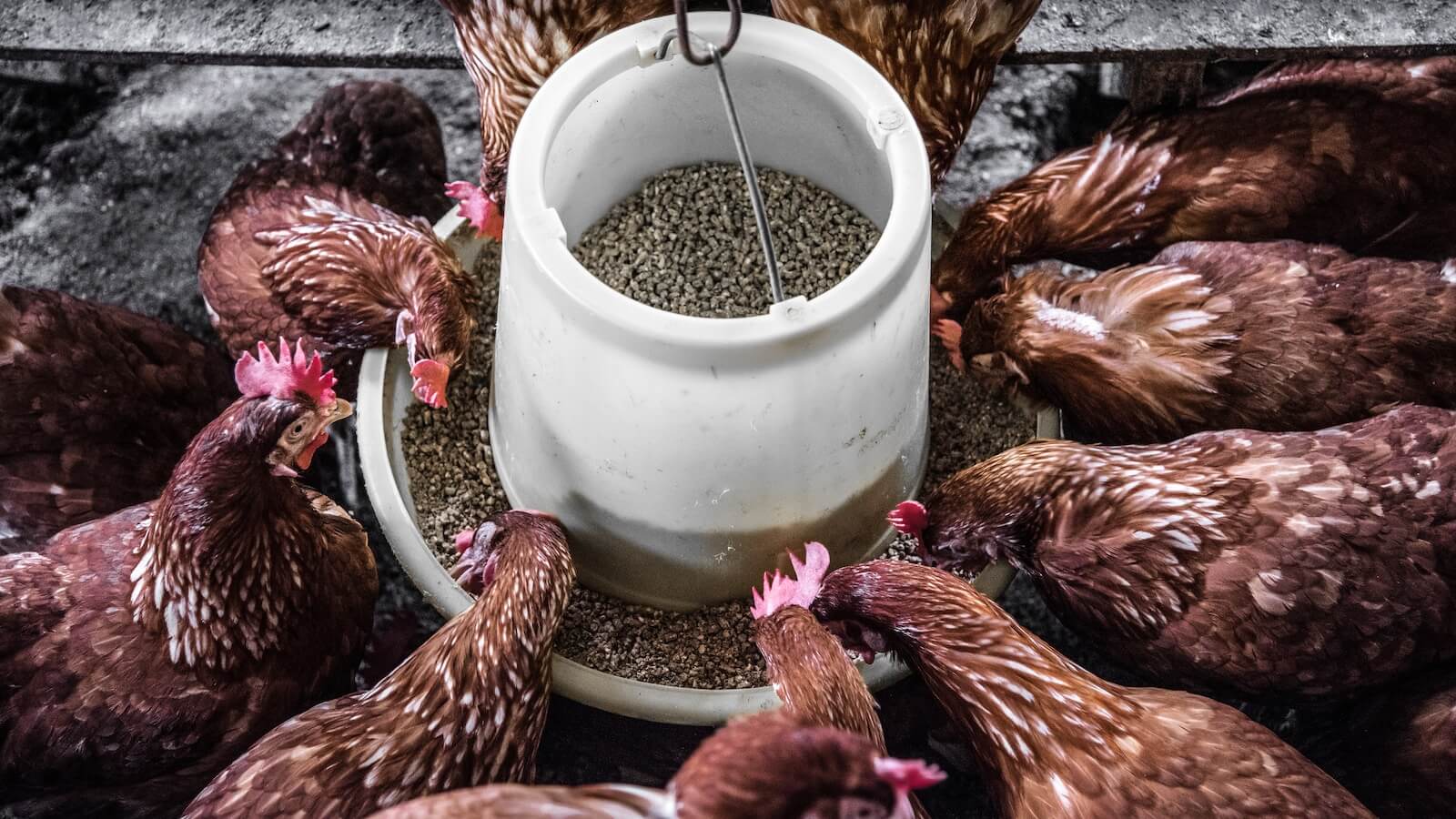A flock mortality rate enables a poultry farmer to know (a) how many birds are left in the flock, (b) determine a flocks liveability rate and (c) compare their flock performance to the flock supplier’s benchmarks.
Additionally, tracking your flock’s mortality enables you to determine if your farming practices are conducive to the flock or not.
What is flock mortality rate?
A flock’s mortality rate is the percentage of birds that have died in a that flock. An 8% mortality rate means that 8% of birds in that flock have died.

A flock’s mortality rate also helps you determine your flock’s survivability or liveability rate. Liveability rate is the percentage of birds expected to live to full age. A flock with a 8% mortality rate has a liveability rate of 92%.
Your flock supplier will usually inform you of respective flock’s mortality and liveability rates.
Key factors that determine flock mortality rate
A flock’s mortality rate is one of the most important indicators of a flocks health. A high mortality rate may mean either a problematic flock-breed, a lack of proper application of feeding and vaccination schedule, and poor coop conditions.
Coop hygiene, aeration, and climate
The first thing that determines a flock’s mortality rate is the conditions of the coop in which the flock is kept, including the hygiene, ventilation and climate.

Poultry birds have specific climate requirements depending on their breed and age. Adhering to the flock supplier’s recommendations, and following respective veterinary’s advisory can guarantee a good liveability rate for a flock.
Feeding and vaccination schedule
A lack of proper application of a flock’s feeding and vaccination schedule can also lead to a high mortality rate.
Feed quality
Low quality feed, and the lack of proper feed schedule as recommended by the flock’s supplier is also likely to result to high mortality rate in a flock.
3 Reasons for tracking flock mortality rate
1. Determine birds alive, a basis for egg production rate
Firstly, by tracking a poultry flock’s mortality rate, you can track the number of birds left in your flock at any time, during that flock’s life time.
For a layers flock, knowing the number of birds left in a flock provides a basis for tracking that flock’s egg production rate.

2. Determine a flock liveability
Secondly, knowing a flock’s mortality rate, enables you to determine that flock’s liveability rate.
You can use a flocks liveability rate to compare that to the flock supplier’s benchmarks. As a result, you can determine if your flock meets its expectation.
3. Determine suitability of farming practice
Last but not least, a flock’s mortality rate can help you determine if your farming practices are conducive to their flock.
A high mortality rate will usually indicate that your farming practices are not conducive. These may imply a number of mal-practices. For instance, misapplication of feeding and vaccination schedule. Secondly, inappropriate coop condition and climate. Third, lack of proper biosecurity measures, and so on.

You may also be interested in what poultry farmers are discussing on Tiktok.
How to track a poultry flock’s mortality rate
Kukufarm, our upcoming poultry records app is one option by which Poultry farmers can track a flock’s mortality rate, on a daily, weekly, monthly, and overall basis enabling them to determine the suitability of their farming practices to their flock.
- Flock mortality is determined by 3 factors, besides the breed. These are housing conditions, adherence to flock’s feed and vaccination schedule, and feed quality.
- Without using a flock manager and record keeping app, it is almost impossible to track a flocks’ mortality rate.
- A flock mortality rate enables a farmer to determine that flock’s liveability rate.
- A flock’s mortality and liveability rates can be compare with the flock supplier’s benchmarks to determine the flock’s viability and suitability for future farming.


2 responses to “3 Reasons why tracking flock mortality rate is important”
•
[…] A flock’s mortality rate also determines a flock’s survivability or liveability rate. Liveability rate is the percentage of birds expected to live to full age. A flock with a 8% mortality rate has a liveability rate of 92%. […]
•
[…] Mortality and liveability […]